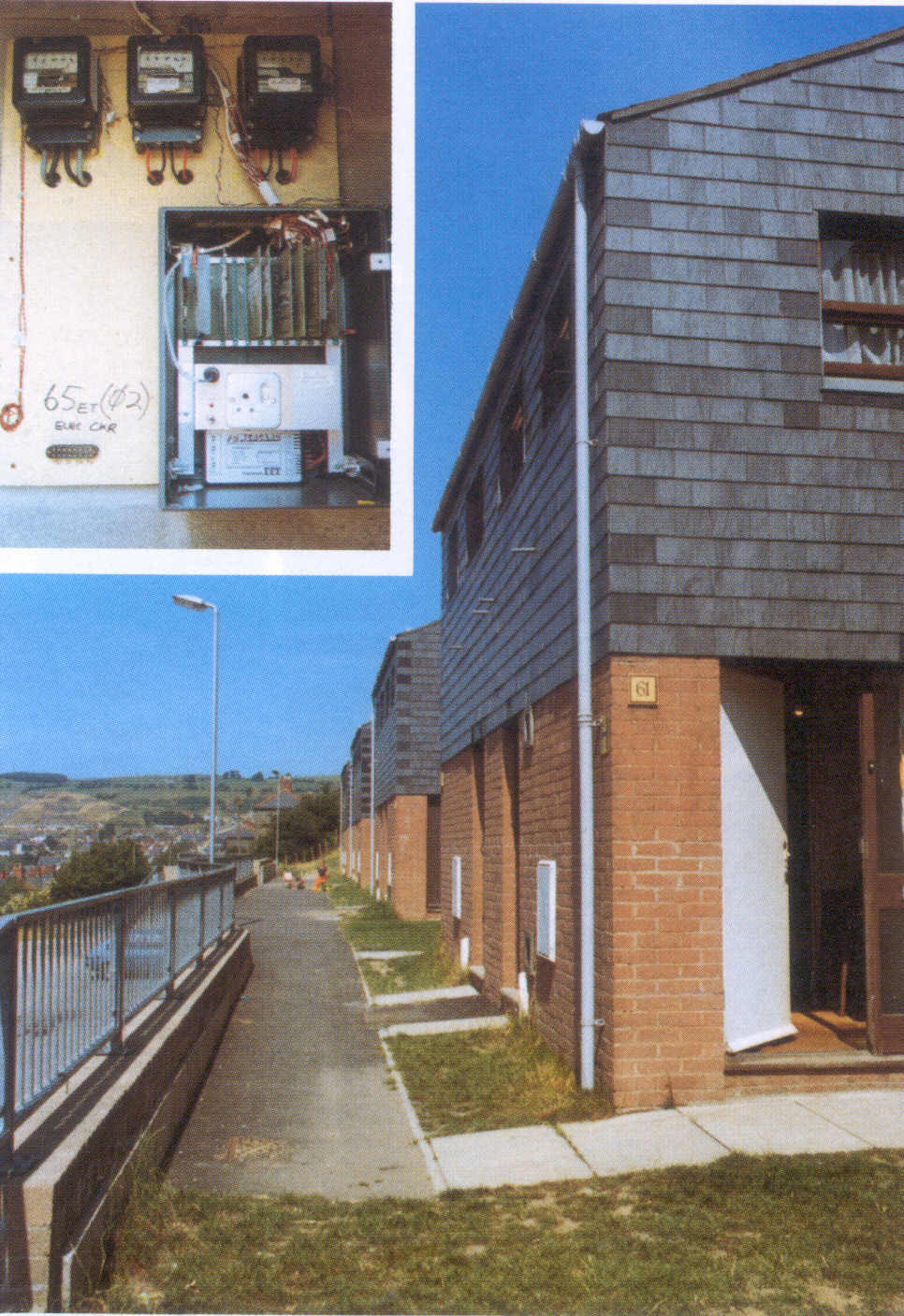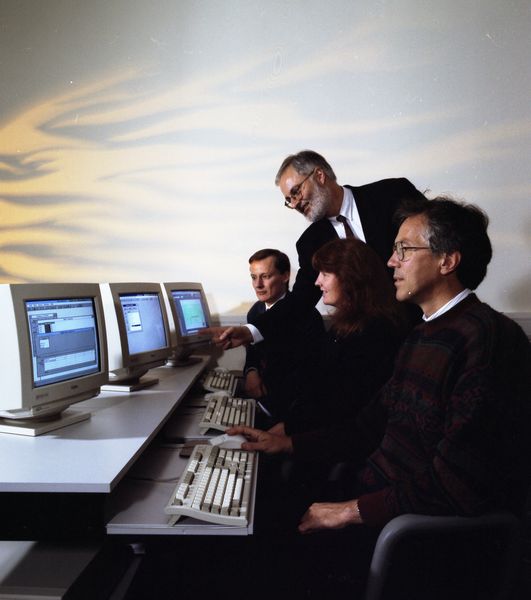

SERC normally had a relatively passive role in the selection of the research areas which it supported. In some cases this was replaced by a more selective mechanism for encouraging research in a specific area. SERC recognised that the success of any UK energy conservation programme was dependent upon reducing energy consumption in buildings and their associated services, since this accounted for half of the total amount of prime energy consumed nationally for all purposes. Consequently during the 1970s there was considerable growth in the number of Research and Demonstration projects in this area, and it was against this background that the Energy in Buildings Specially Promoted Programme was set up by the Building Sub-Committee during 1979. RAL supported the programme for about 10 years with the later years being part of EASE.
In December 1986 a study was commissioned to explore the notion of a software environment, subsequently known as the Energy Kernel System (EKS), which would make model development and maintenance easier. This resulted in a collaborative research effort at the Universities of Bath, Newcastle and Strathclyde and at RAL funded by the Environment Committee and through the Engineering Applications Support Environment (EASE) programme. The objectives of EKS were to:
Development of EKS was approved in two phases. In the first phase different strategies were explored and some candidates for the working EKS were established. In the second phase a validated EKS was produced. EKS was made available to the academic community and industry early on for comment, appraisal and feedback.
EKS was an object-oriented software environment containing a set of class definitions corresponding to the building and thermodynamic domains. These classes provided a set of basic building blocks from which a wide range of modelling programs could be built - from simplified calculators to state-of-the-art simulators. The user, who would be a model builder or energy simulation researcher, constructed a template which defined the structure of some proposed model by selecting the appropriate class (and variant) from those available. EKS regulated the selection of these classes to ensure the resulting template was complete and valid. This template was thus a machine independent high level description of the program structure, and could be stored, communicated and interrogated as wished. In particular, the data model required by the program could be automatically generated and used by third party systems to produce appropriate datasets for the program. The template was then processed, in conjunction with the specific dataset, into an executable program tailored specifically to the supplied dataset.
Below is an example of an experiment set up to provide data for models used in EKS.

EKS was initially set up as a demonstrator and was evaluated by several groups in the building simulation research community. Most of the techniques employed and much of the underlying code became part of the EKS environment.

The two people most involved at RAL were Andy Irving and Damian Mac Randall. Andy supported the Specially Supported Programme both as a researcher and assisting the Building Sub-Committee. Damian was the main developer of the object oriented kernel used by EKS
For example, Andy developed a non-linear theory of thermal transmission through the building fabric which was based upon a technique developed for the extraction of Volterra kernels from the data and the transmission theory was tested in collaboration with the University of Newcastle. Performance assessment tools, based upon Volterra kernel extraction using central statistical moments, were developed in collaboration with Bristol University and by using existing experimental data and simulation models the convergence, accuracy and range of appropriate use of such tools were assessed before discrimination.
In Phase 1 of EKS, Damian developed the EKS prototype. An initial class hierarchy design capable of supporting current state-of-the-art energy models was completed. Three example problems of increasing complexity were selected, modelling site conditions, modelling the thermal processes within a wall and modelling a complete room including a piece of plant. The necessary classes were implemented for the Prototype, a simple model building program developed and the three test models built.
The main findings were that, whereas control of the system and in particular control of the time-stepping turned out to be simpler than expected, the design of the information flow between the objects was much more complex than anticipated. The ONTOS database proved useful, if a bit cumbersome, providing several facilities that simplified the development of the model building facilities as well as acting as a straightforward object database, but care had to be taken not to become locked into this product.
Feedback was obtained from other groups on both the design of the class hierarchy and the functionality required by the end users. Based on this feedback, an external evaluation of the Prototype and experience in building it, a specification for the final EKS Demonstrator was drawn up.
